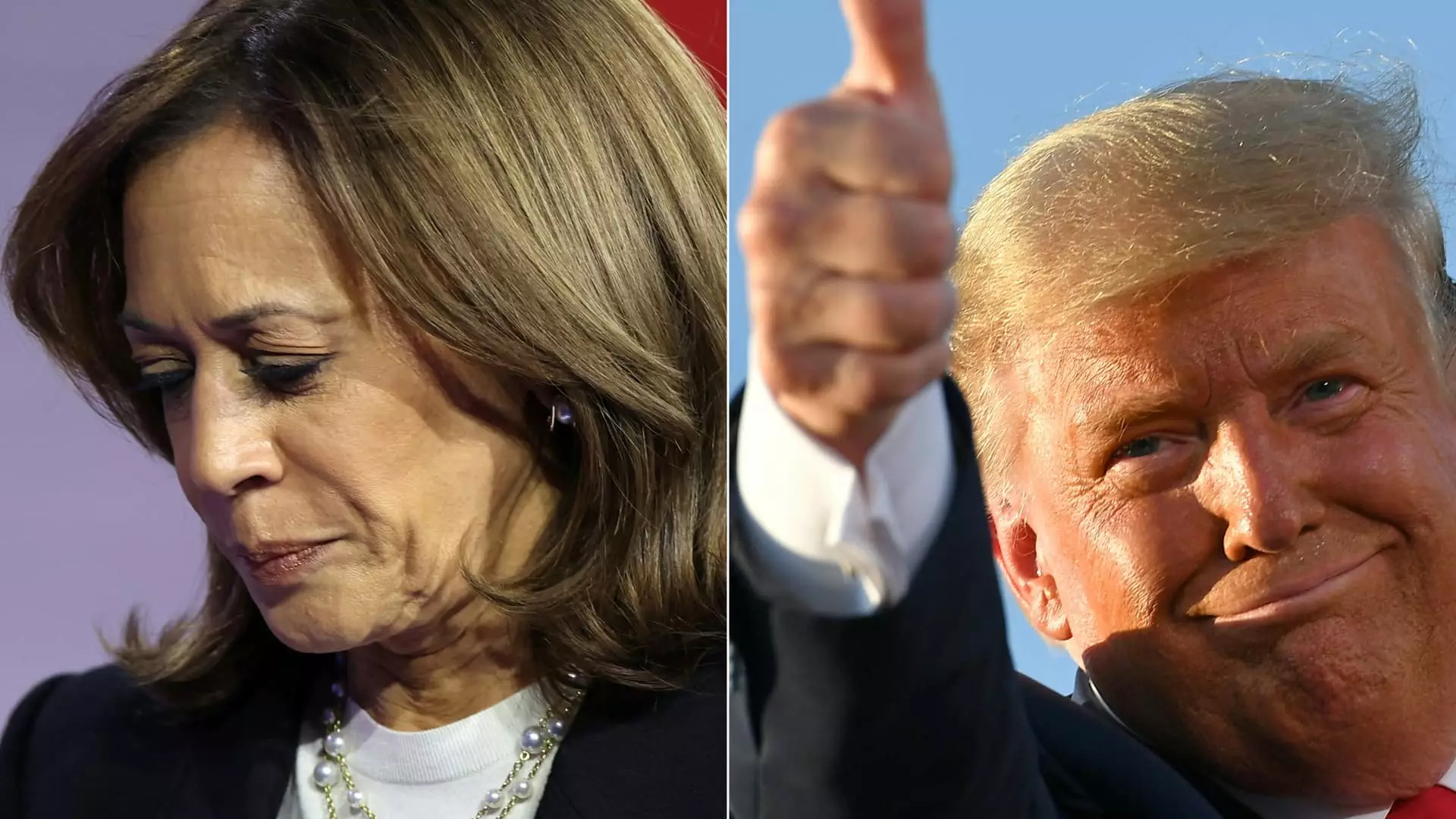The recent electoral projections indicating President-elect Donald Trump’s victory in Arizona come as both a surprise and a culmination of a dramatic shift in the state’s political trajectory over recent years. Historically a Republican stronghold, Arizona’s political landscape has seen significant transformations, characterized by demographic changes and shifts in voter priorities. Trump’s projected win, reclaiming the state’s 11 electoral votes after a narrow loss to President Joe Biden in 2020, underscores the complexities of the electoral map. This development is particularly poignant as it marks a point where traditional voting patterns are increasingly challenged by an evolving electorate.
Arizona’s political climate has been influenced by various factors, most notably the state’s burgeoning Latino population and the growing discontent among moderate Republicans. The once-consistently Republican Arizona has seen its political actors adapt to an environment where democratic voices, previously silenced, are finding resonance. Biden’s narrow victory in 2020, which represented the Democratic Party’s second successful bid for the state’s electoral votes in 28 years, highlighted a shift still in its infancy. The 0.3 percentage point margin of victory for Biden indicates how closely contested the state has become, with voter engagement and turnout playing pivotal roles in determining outcomes.
Post-election, the state became a focal point for the discourse regarding election legitimacy, with Trump advancing unfounded conspiracy theories about the election being stolen. This narrative found traction among state Republicans, many of whom faced significant backlash in the 2022 midterm elections. Such events exemplify the perilous impact of misinformation on electoral engagement and trust in democratic processes. The persistence of these conspiracies further complicates Arizona’s political landscape, as voter allegiance becomes intertwined with the larger national narrative surrounding democracy and election integrity.
Polling leading up to the 2024 election suggested a slight advantage for Trump against Vice President Kamala Harris, albeit often within the margin of error. Despite being outspent and out-organized, Trump’s campaign managed to capitalize on a surge in Republican voter registrations. Key issues such as the economy—exacerbated by soaring gas prices—and immigration have positioned Arizona as a critical battleground. Both campaigns recognized the urgency of addressing these topics, with significant campaign stops occurring at the Arizona-Mexico border highlighting their importance.
However, Trump’s relatively infrequent visits to Arizona’s battlegrounds may reflect a tactical oversights in a state that remains pivotal for a successful presidential campaign. As the 2024 Presidential race continues to unfold, the focus will inevitably shift back to Arizona, where demographic changes and evolving political sentiments are likely to take center stage. The election will ultimately test whether the recent political gains made by Democrats can withstand the current Republican resurgence, illustrating the dynamic nature of Arizona’s political environment as it parallels national trends. In this context, understanding the interplay of local and national narratives will be crucial for parties aiming to secure electoral victory in this increasingly complex state.


Leave a Reply